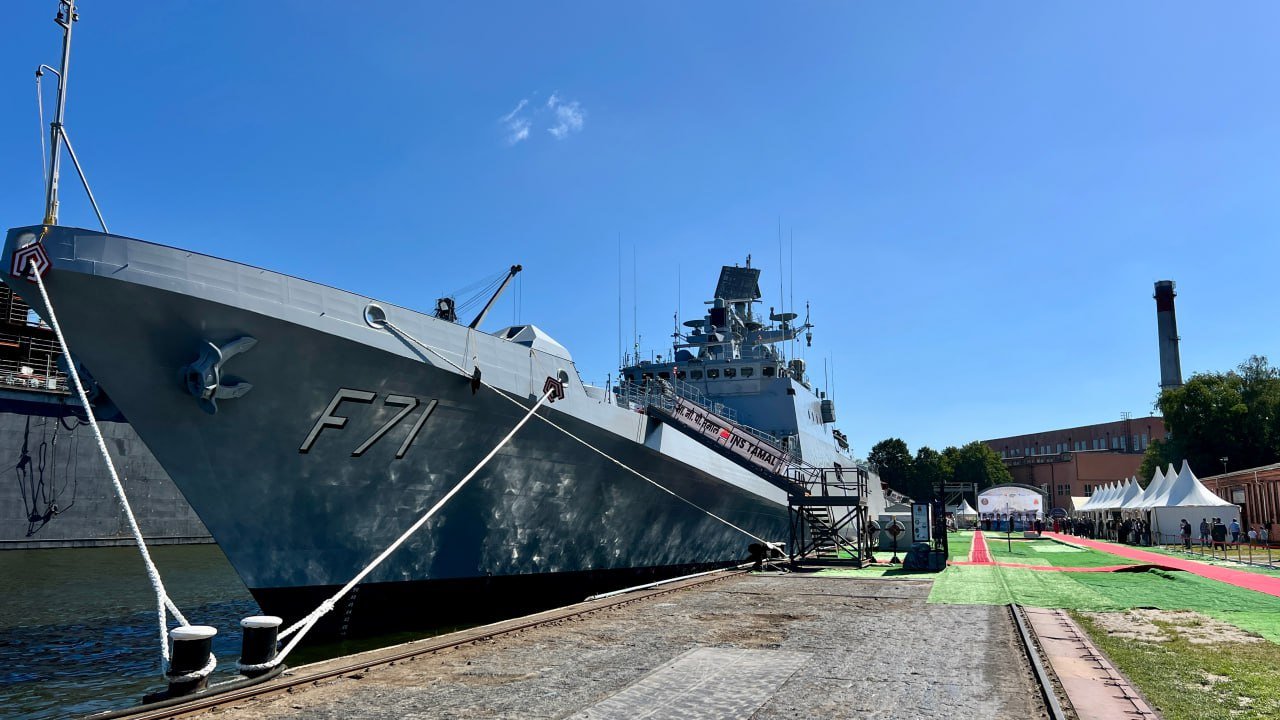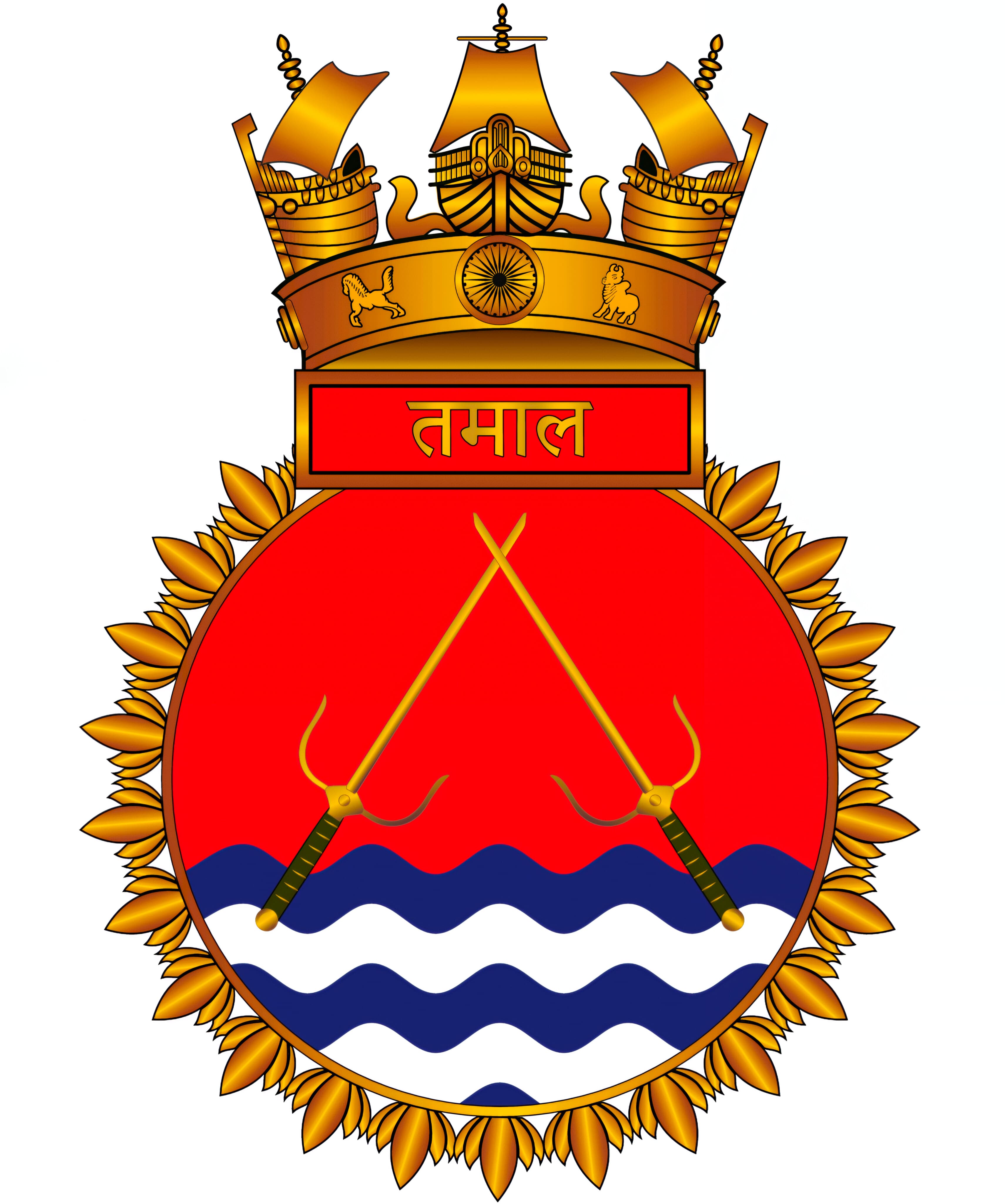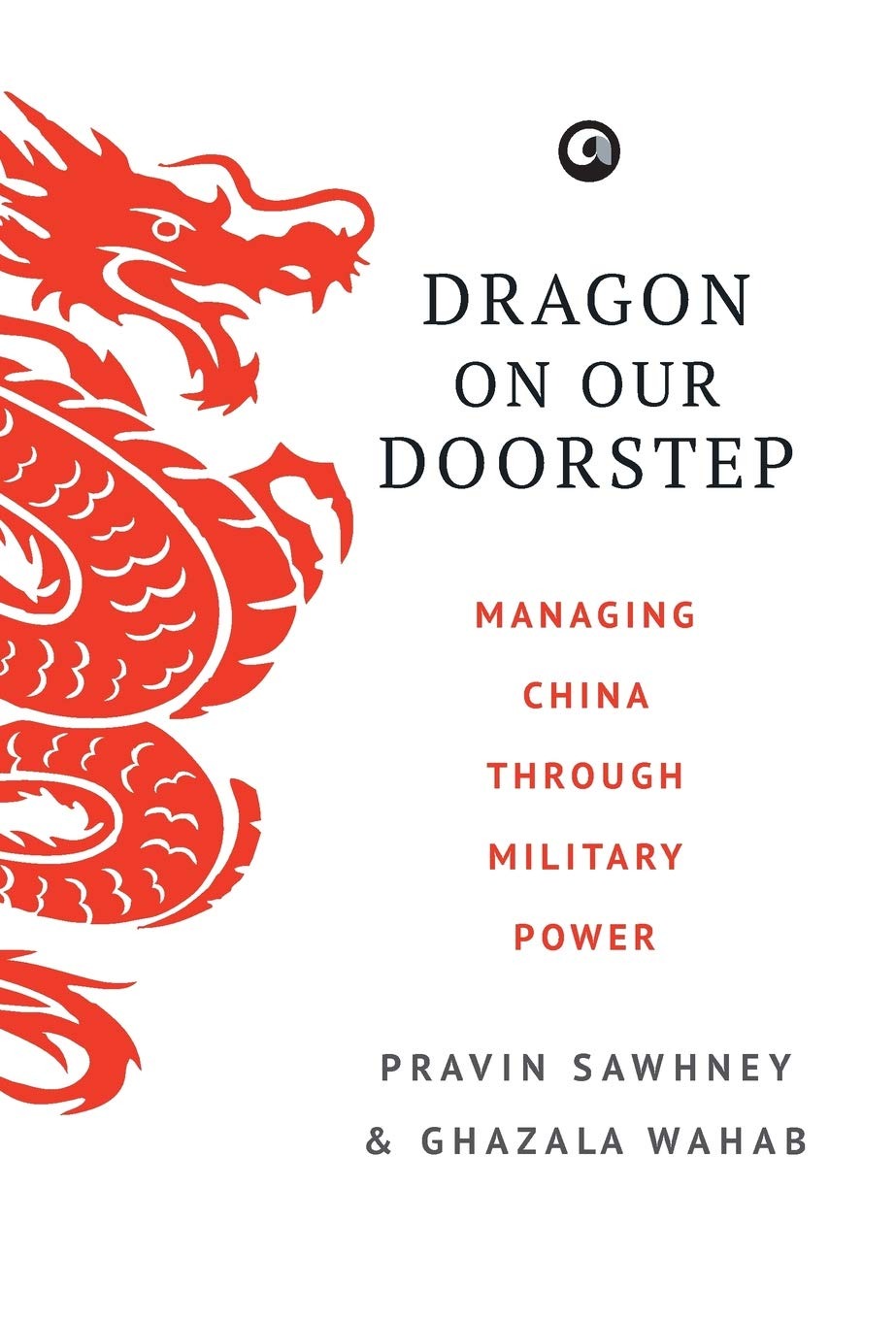Indian Navy Commissions the Latest Stealth Frigate Tamal in Russia

The Indian Navy commissioned its latest stealth multi-role frigate on July 1 at Kaliningrad, Russia. The
ceremony was presided over by Flag Officer Commanding-in-Chief, Western Naval
Command VAdm. Sanjay J Singh in the presence of many high-ranking Indian and
Russian government and defence officials.
Called ‘Tamal’, it is
the eighth in the series of Krivak
class frigates inducted from Russia over the past two decades. Tamal is the second ship of the Tushil Class,
which are the upgraded versions of their predecessors, Talwar and Teg
classes having three ships each. India as part of the broader
contract for Tushil class
is also building two similar frigates called the Triput class at Goa Shipyard Limited with transfer of
technology and design assistance from Russian. By the conclusion of this series
of ships, Indian Navy will be operating ten ships with similar capabilities and
commonality in equipment, weapon and sensor fit over four different classes.
Tamal’s construction was closely overseen by an Indian team of specialists
from the warship overseeing team stationed at Kaliningrad. At the Naval
Headquarters, the project was steered by the directorate of ship production under
the Controller of Warship Production and Acquisition.
Tamal has been built at Yantar
Shipyard in Kaliningrad, Russia, and is the last warship to be inducted from a
foreign source, following the issuance of the Defence Acquisition Policy’s
negative list. The ship has 26 per cent indigenous components, with the collaboration of Indian naval specialists and
Severnoye Design Bureau, of Russia. These include the BrahMos long-range
cruise missile for targeting both at sea and land. The ship has significant upgrades in its arsenal in
comparison to its predecessors, such as vertically launched
surface-to-air missiles, improved 100 MM gun, new age EO/IR system in addition
to the standard 30 MM CIWS, heavyweight torpedoes, urgent-attack anti-submarine
rockets, and a host of surveillance and fire control radars and systems. Force
multipliers include Air Early Warning and Multi Role helicopters, which can
operate from the deck of Tamal.
The combat capability of the ship is augmented by a host of network centric
warfare capabilities and advanced electronic warfare suite. Tamal punches well above its
weight with a very high tonnage to
firepower ratio, extended endurance, and a top speed in excess of 30 knots.
The crew, comprising of over 250 personnel have undergone rigorous
ashore as well as afloat training in extremely challenging winter conditions of
St Petersburg and Kaliningrad. Tamal
has successively completed
extensive sea trials undertaken over three months, proving its systems, weapons
and sensors.

The ship’s name, Tamal, symbolises the
mythical sword used for combat by Indra—the king of the gods. The ship’s
mascot is inspired by the congruence of the ‘Jambavant’, the immortal bear king of Indian mythology
and the Russian national animal, the Eurasian brown bear. The ship’s crew
collectively takes great pride in calling themselves the ‘The Great Bears’. Tamal stands as a testament to
the longstanding Indo-Russian cooperation and friendship which has stood the
test of time. The ship’s motto, Sarvada Sarvatra Vijaya (Victorious
Always Everytime) signifies Indian Navy’s undying commitment to operational
excellence in every mission, complementing its motto ‘Combat Ready, Credible, Cohesive and Future Ready Force Safeguarding
National Maritime Interests—Anytime, Anywhere’.
The 125m long, 3,900-ton warship, packs a lethal punch. Tamal is an impressive blend
of Indian and Russian cutting-edge technologies and best practices in warship
construction. The ship’s new design provides it with enhanced stealth features
and greater stability characteristics. Tamal
is equipped with the latest technology in warfighting, including the
BrahMos supersonic missile system for anti-ship and land-attack capabilities, surface
surveillance radar complex and HUMSA NG Mk II sonar with the anti-submarine
weapon firing complex amongst a host of cutting-edge weapon and sensors of
Indian Origin. It also features modern communication and data-link systems,
navigation equipment and critical infrastructure, making the ship a powerful
asset for naval operations. The major Indian OEMs involved were BrahMos
Aerospace Private Limited, Bharat Electronics Limited, Keltron, Nova Integrated
Systems from Tata, Elcome Marine, Johnson Controls India and many more.
Subscribe To Force
Fuel Fearless Journalism with Your Yearly Subscription
SUBSCRIBE NOW
We don’t tell you how to do your job…
But we put the environment in which you do your job in perspective, so that when you step out you do so with the complete picture.








